Bunion Socks: My Newest Travel Essential
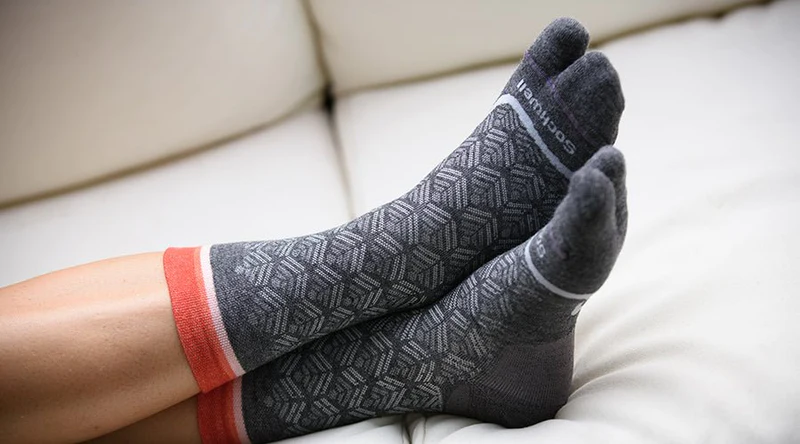
Bunion socks are my newest travel essential.
I didn’t realize that bunion socks existed until a friend told me that she had gotten a pair. They look like a mitten for the foot with the big toe of the sock separated from the rest.
I purchased a pair of split-toe bunion socks online and am totally ready to purchase a supply that will take me through a two-week trip (at least seven pairs). By far, they are the most comfortable pair of socks I’ve owned since I developed bunions on both my feet.
This post may contain affiliate links. This means that I may receive compensation if you click a link at no additional cost to you. For more information, please read my privacy and disclosure policies.
Bunions: One of the most common foot problems
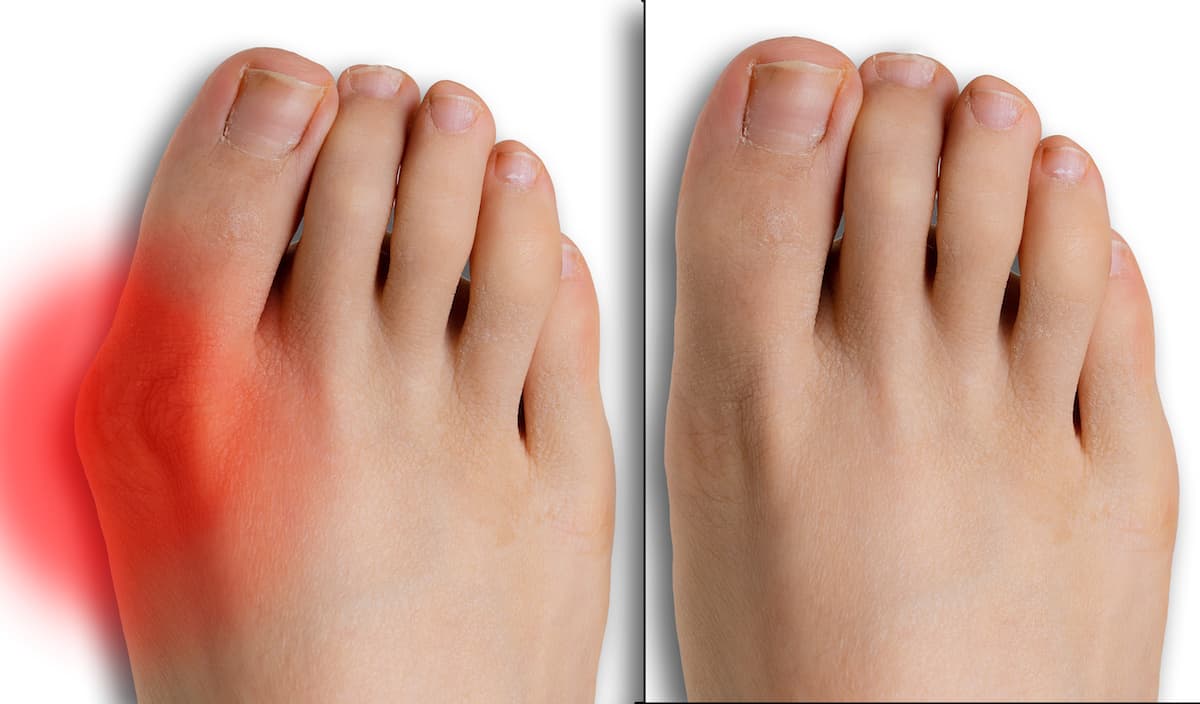
It’s estimated that one in three adults have bunions. The risks increase with age, weight gain, and simply being female.
I’ve had bunions on both my big toes, one worse than the other, for several years now. Depending on how much walking I do and the types of shoes I’m wearing, the bunion on my left foot can be pretty painful.
My podiatrist recommended using silicone toe spacers and I had been a religious user until I found out about bunion socks. They really did the trick.
Here are some basics I’ve learned about pesky bunions in my search for relief:
What is a bunion?
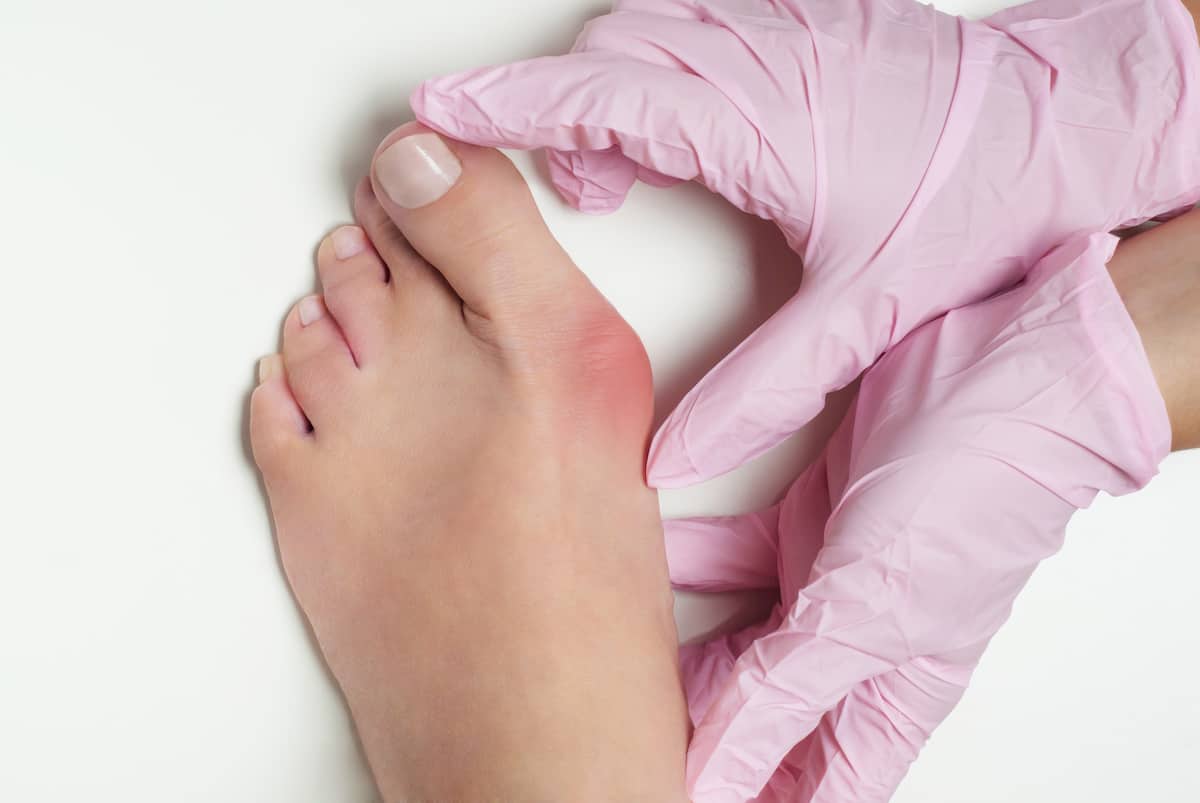
If you have an unsightly, bony bump on the outer side of your big toe, you probably have a bunion. A bunion can easily get irritated when you walk or run, especially when you’re traveling and spending considerable periods of time on your feet.
The medical term for a bunion is hallux valgus, which is considered a progressive bone disorder.
A big toe with a bunion feels sore, painful, and swollen and can turn red. The swelling begins to impinge upon the rest of your toes, and can cause corns, calluses or irritation between the big toe and the one next to it.
In more severe cases, the big toe can overlap the second toe (also called the “long” toe).
Unfortunately, bunions don’t heal on their own and tend to get worse over time. Thus, having a bunion can make it challenging to find shoes that feel comfortable and fit correctly. It can also cramp your ability to walk long distances or for long periods of time.
What causes bunions?
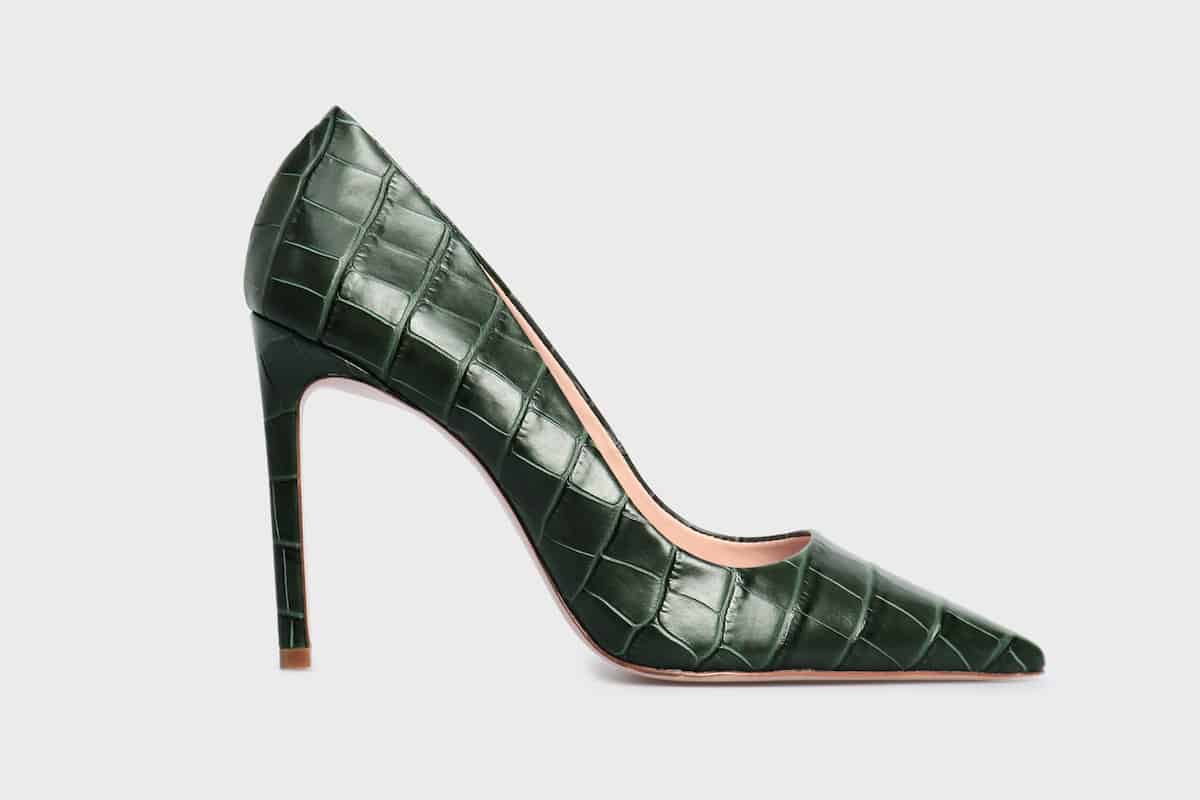
According to the Mayo Clinic, bunions are thought to be caused by the shape of your foot, which is generally hereditary; by a medical condition, like arthritis; or by other lifestyle factors, like wearing tight shoes.
Ill-fitting shoes can also make existing bunions worse (making them both larger and more painful), which makes you wonder why designers create women’s shoes with pointed toes. This also may account for why bunions are more prevalent among women than men.
What can you do about a bunion?
First things first. If you have a bunion, it’s prudent to see a podiatrist or orthopedist who specializes in foot care to determine the best course of treatment and minimize progression.
Depending on the severity of the bunion and whether it compromises your ability to walk, the doctor may want to take an x-ray before recommending either surgery or more conservative forms of relief.
Bunion surgery: The basics
Bunion surgery reduces pain and helps restore proper foot function. Even though surgery is usually a last resort, many women choose the procedure even when their pain or disability isn’t severe.
One of my friends opted for surgery so she could wear more stylish shoes. Another worried about how unsightly bunions look in open sandals.
Some of the downsides of surgery are the time and cost entailed, as is the case in any operative procedure. Afterward, it can take 6-12 weeks for bones to heal and even longer for swelling to subside after surgery. So if you do opt for surgery, you will probably have to plan to stay off your feet.
Although complications after bunion surgery are rare, they do occur, too. One other downside to consider: Bunions can recur even after surgery.
Because bunion surgery is beyond the scope of this post, see this link to an authoritative overview of the different types of techniques involved in bunion correction surgery on the Cleveland Clinic website.
What is a bunionette?
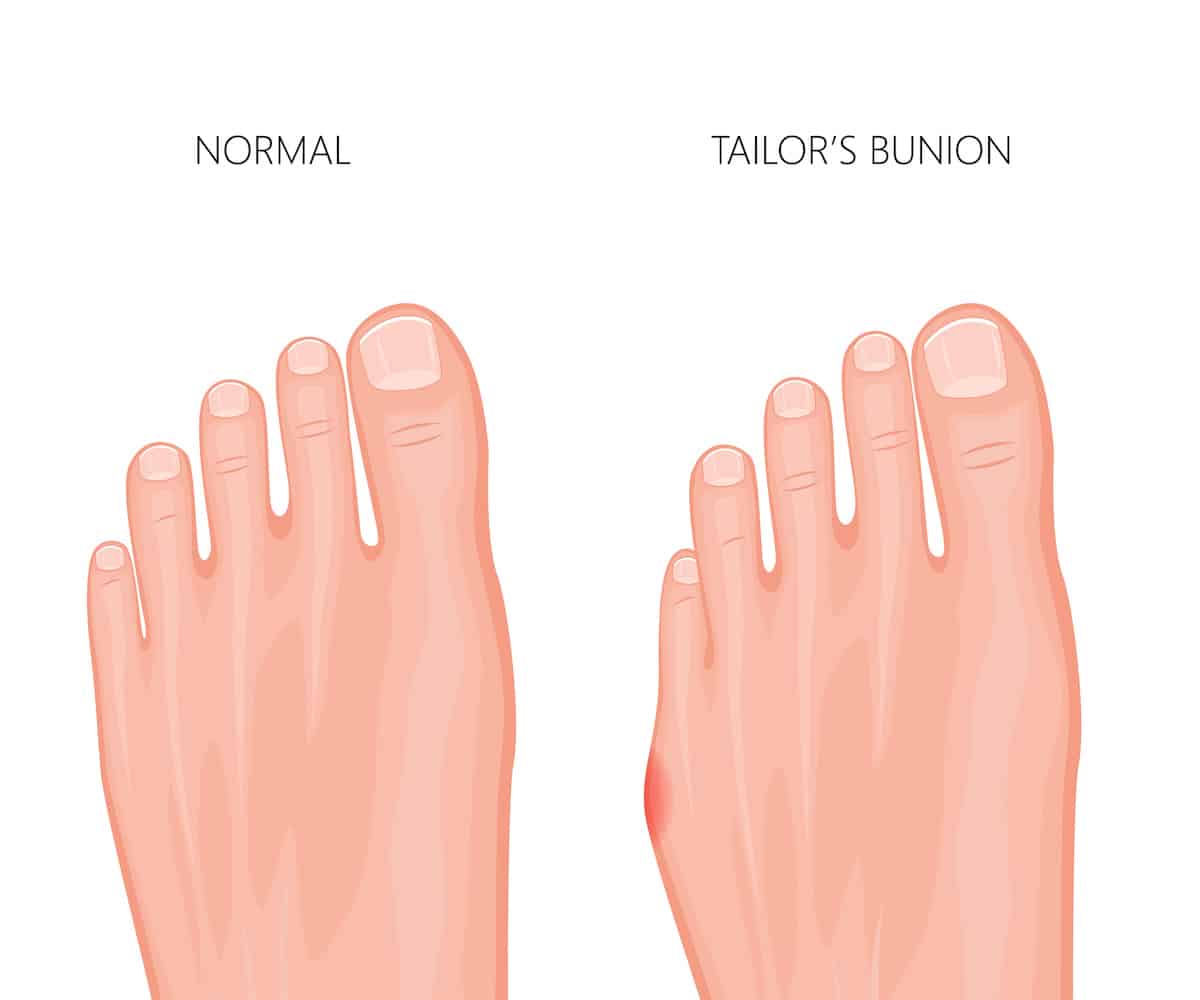
The diminutive term “bunionette” may sound sweet, but they can be as painful as bunions. Although I have them, I didn’t realize they were in a class of their own.
Also called Tailor’s bunions, these are raised portions of skin on the outside of the foot that become red, irritated, and sore. They emerge at the base of the fifth metatarsal bone in the little toe.
Bunionettes can be caused by a number of different factors, including heredity, arthritis, or wearing ill-fitting shoes with narrow toe boxes that squeeze the toes.
The easiest solutions are is to wear sandals or shoes with larger toe boxes and/or to pad the bunionette. Some podiatrists recommend orthotics. These remedies will lessen the odds of progression and enhance comfort, but unfortunately, the only permanent solution, seldom advised, is foot surgery.
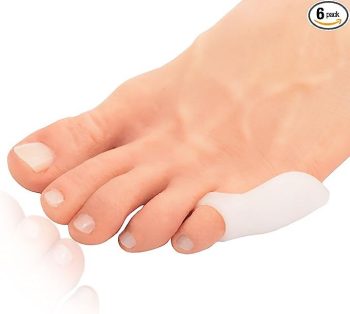
Non-surgical relief for bunions for travelers
There are a number of non-surgical options available to help manage symptoms. These include:
Choosing the best shoes for bunions
Obviously, shoes with a roomy toe box and shoes that are made of a more pliable material (e.g., a fabric that “gives” rather than hard leather) can make a world of difference for someone with bunions. Pointy toes and high heels are to be avoided.
For example, Altra makes sneakers in different “footshapes,” including a wide-box toe.
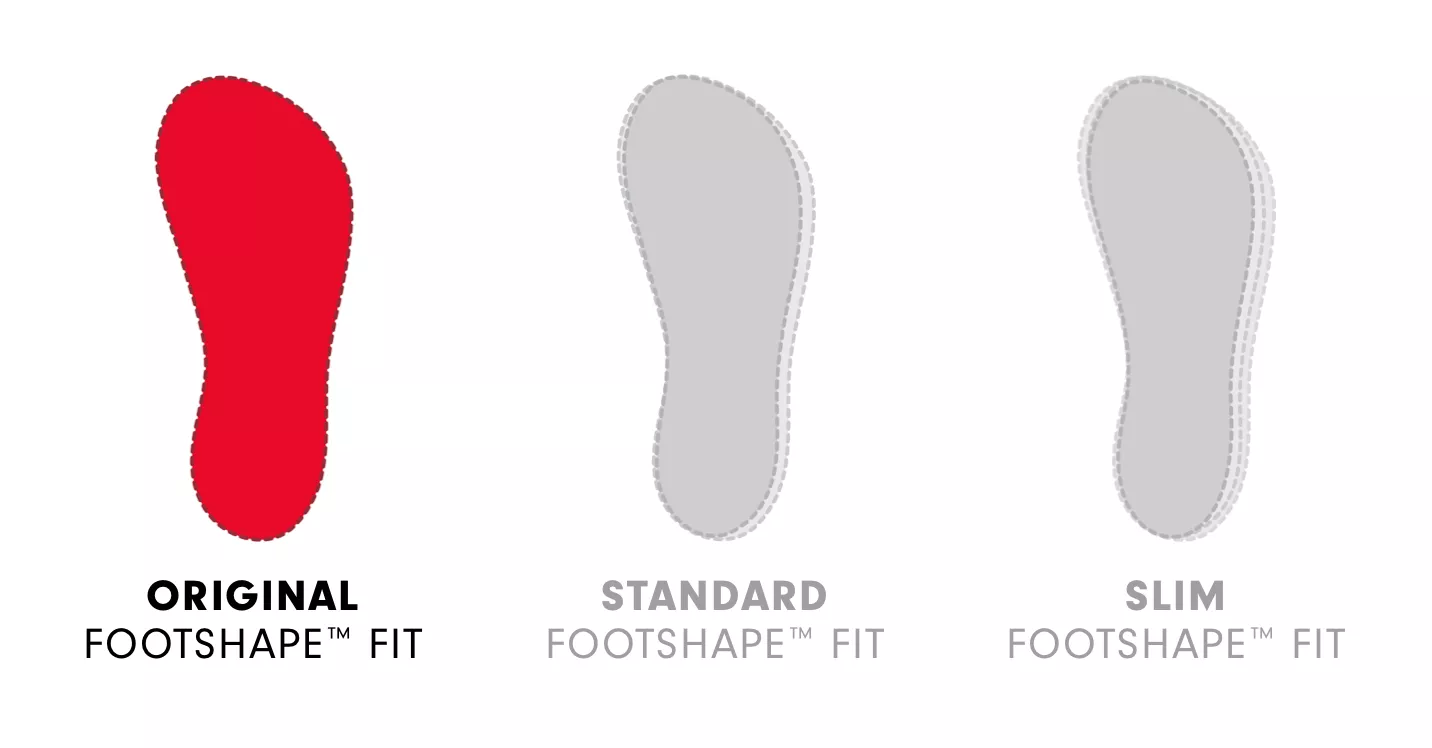
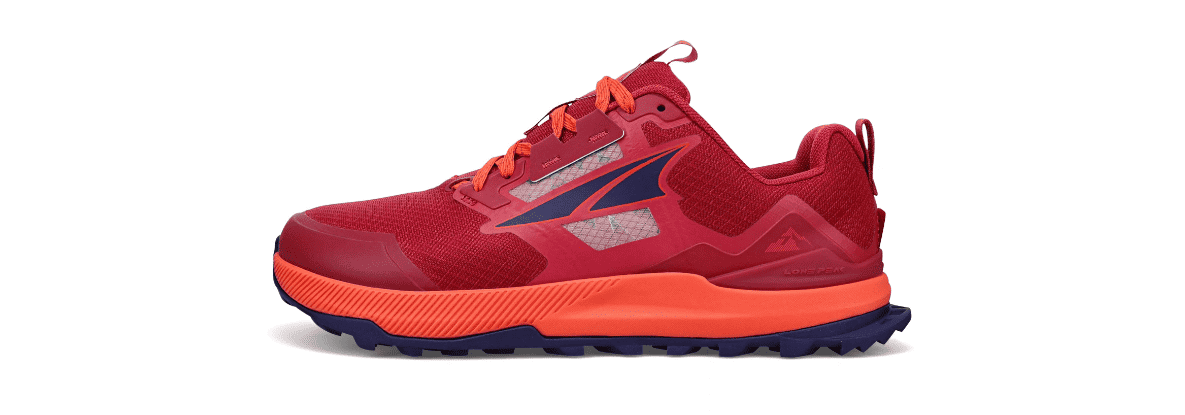
Doctors also recommend lighter-weight shoes instead of heavy ones to relieve some of the pressure on bunions. They come in 40 different colors, patterns and textures.
Vivaai Margot Ballet Flats are another good shoe option for someone with bunions. They have a wide toe-box with a square-toe V-cut design to reduce crowding and pressure so your feet aren’t squeezed, pushed, pulled, or bent out of shape. And the four-way stretch material is forgiving.
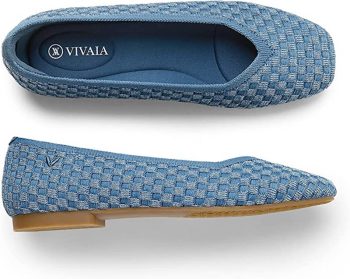
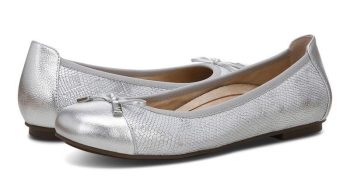
Using orthotic insoles
Sometimes, it can help to use a custom orthotic prescribed by a foot care specialist to alleviate pain from bunions. These padded insoles are molded to the foot to help redistribute weight and pressure and are inserted into the shoe.
My podiatrist recommended Aetrex orthotic insoles. The company makes a variety of types for different foot problems, including bunions.
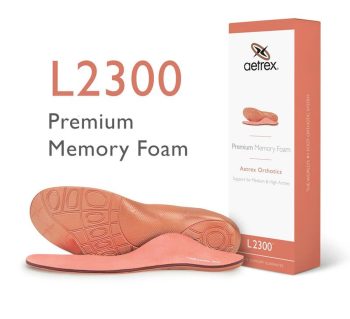
Considered medical devices, they may be covered by some health insurers or reimbursable on HSA accounts.
Bunion pads
These cushioned pads (sometimes made of gel) are designed to protect the toe from rubbing up against the shoe. Silicone bunion guards serve a similar function. They are great for protecting your toe in an emergency when you have nothing else with you.
Amazon and local drug stores carry a wide variety of bunion pads. Dr. Scholl makes these.
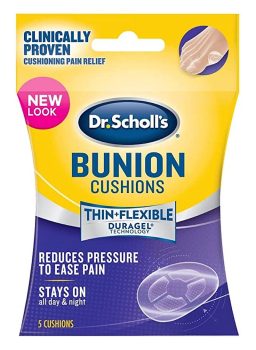
Toe separators or spacers
Toe separators are small silicone spacers that are placed between the big toe and the one next to it to relieve pressure. Alternatively, some designs attach to one or both toes. I’ve used these for a couple of years and thought they did a great job.
They are washable but since they are colorless and small, it’s easy to lose them in a shoe or on the floor when you take off your socks. You need to keep a supply “on hand.”
I’ve tried a number of different brands and my favorite one if the PediFix Visco-GEL toe spacer. They are incredibly comfortable, so you don’t feel them when wearing them. They can be worn with socks or without, in dress shoes.
They come two to a package, and are sized. Be sure to choose the correct size for you. My podiatrist recommended the medium ones for my bunion. Be sure to read the fine print about sizes.
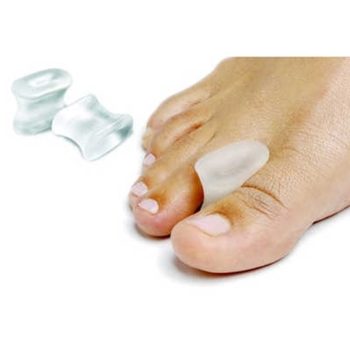
Bunion socks
For me, these Sockwell Bunion Socks have become the miracle cure for traveling with bunions. They come in six different colors/designs and are made of a blend of Merino wool, rayon, nylon and spandex.

These socks come in different/styles and lengths (e.g., ankle-length, crew, or the sport-type that doesn’t show in a sneaker. Almost like mittens, they separate the big toe from the others. Additionally, the big toe pocket can be cushioned to help protect the toe with the bunion.
Regular podiatric care
Periodic visits to a podiatrist can help you know whether your condition is worsening. Sometimes, shaving a callus can offer some relief.
When pain is severe, a doctor may decide to administer a cortisone injection to reduce inflammation and provide temporary relief or suggest oral over-the-counter (OTC) pain relievers or anti-inflammatory drugs (NSAIDs) (like Tylenol or Aleve).
Traveling with bunions
If you do have bunions and are planning a trip, plan ahead. Make sure you bring along the correct walking shoes and any essentials you need to protect your bunions (toe spacers or bunion socks). It is also prudent to pack some OTC medications, just in case.
If the bunions become swollen and painful, applying ice can help reduce inflammation and provide temporary pain relief.
Bunion Relief: The bottom line
If you have bothersome bunions, you may have to experiment to find the best remedies for you. I recommend starting with toe spacers and/or bunion socks.
Sources:
Also on MoreTimeToTravel:
Save to Pinterest!!





